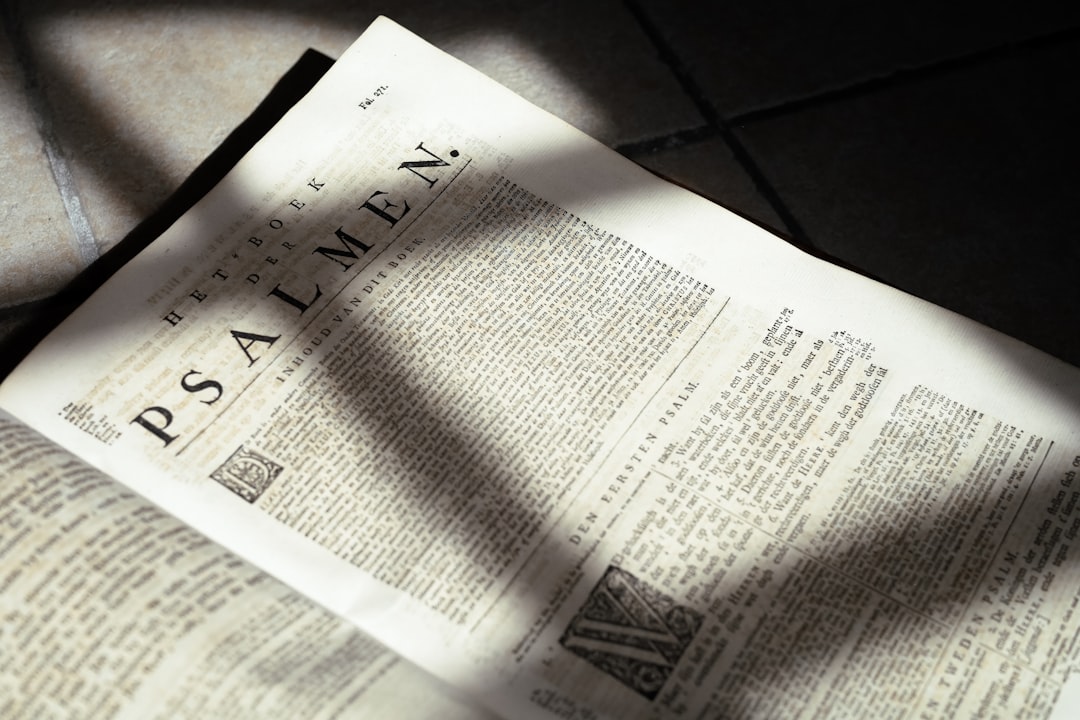What is it about?
This paper analyses how language is used in letters from temples and from private archives in Mesopotamia, roughly the area of modern Iraq. The letters date to the Neo-Babylonian and Persian periods (roughly 600-500 BCE). It discusses the usage of terms of address for letter parties, greeting formulas and direct and indirect expressions in the letters with relation to politeness. The notion of politeness employed here is based on a politeness theory by Brown and Levinson. Of particular interest is the usage of language within a temple hierarchy, as it can inform us on relationships between these officials. For private letters, this article provides further evidence on women being addressed as 'lords' in these texts, strengthening a previous claim by the author.
Featured Image

Photo by the blowup on Unsplash
Why is it important?
The corpus of Late Babylonian letters is extremely rich, and it provides unique insights into ancient minds and ideas. In this, this text type is more immediate than other text groups which stem from more formalised contexts, such as jurisdictional or administrative sources. A thorough analysis of the language used in these letters helps in discerning the relationships between people which are long gone, and thereby helps us understand mechanisms of ancient bureaucracy, politeness, and interaction, bringing these long dead people and their everyday lives back to life. This makes history tangible and more easily understandable. At the same time, it informs us on how bureaucracy evolved, and how relationships between private persons were phrased. This latter point gives us a glimpse into ancient understandings of social structures and coherence.
Perspectives
I hope this article raises awareness of the richness of data provided in letters, and what a close reading of such texts and their language can reveal for further study, on the letters themselves, on related questions within the field, and for interdisciplinary research.
Martina Schmidl
University of Vienna
Read the Original
This page is a summary of: Some Remarks on Language Usage in Late Babylonian Letters, Open Linguistics, October 2017, De Gruyter,
DOI: 10.1515/opli-2017-0019.
You can read the full text:
Contributors
The following have contributed to this page










